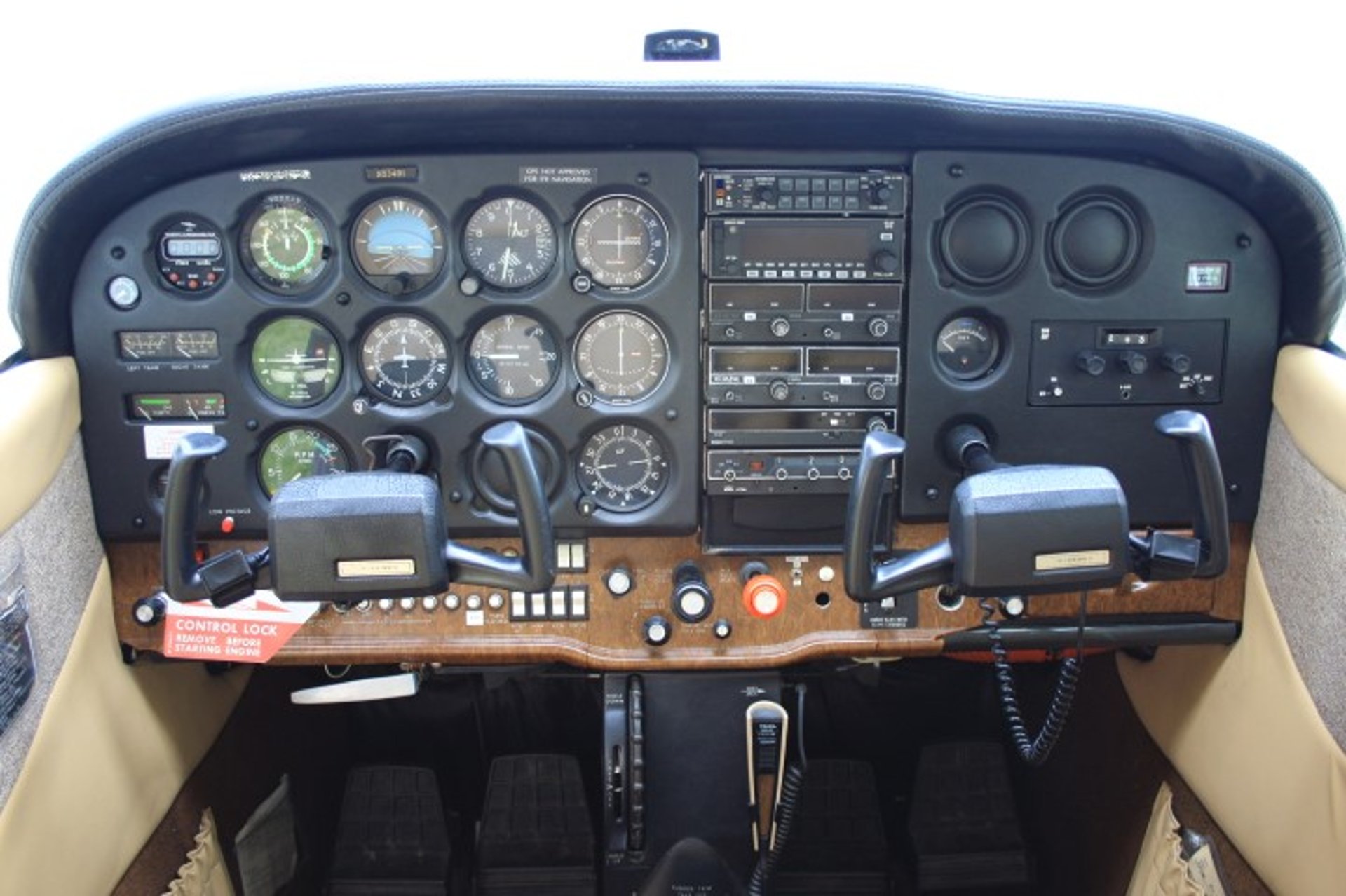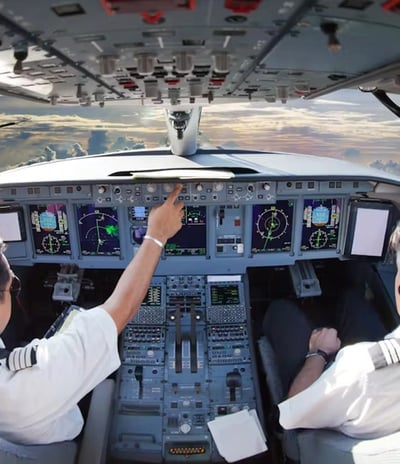
Commercial Pilot
A commercial pilot certificate is required for any type of flying where the pilot is being compensated. Jobs such as flight instruction, corporate pilot, agricultural pilot, banner towing, pipeline patrol, traffic reporting, and more require a commercial pilot certificate.


You can fly for hire
After earning this certificate, fly any aircraft for compensation or hire.
Eligibility requirements: General.
To obtain a commercial certificate in an airplane under FAR Part 61 rules a pilot must have:
250 hours of flight time, 100 hours of which must be in powered aircraft, and 50 must be in airplanes.
100 hours of pilot-in-command time, 50 of which must be in airplanes.
50 hours of cross-country time, 10 of which must be in an airplane.
20 hours of training, including 10 of instrument, 10 of complex or TAA, and a smattering of cross-country and practical test preparation.
10 hours of solo training, including a smattering of cross-country and night
Additional class ratings, such as adding a multiengine rating to single-engine commercial pilot certificate or adding a single-engine rating to a multiengine commercial pilot certificate, will take additional training in that class. FAR 61.129 has all the specifics.
Training in a TAA (Technically Advanced Aircraft)
In July 2018 the FAA published new rules that created new options for pilots training for the commercial pilot certificate. Previously an applicant had to train 10 hours in a complex airplane, an airplane with a retractable gear, controllable-pitch propeller, and flaps. Responding to feedback from AOPA and the training community, the FAA now allows that training to take place in a technically advanced airplane. A TAA is one that has:
An electronic primary flight display with all six primary instruments.
An electronic multifunction display that includes a GPS-based moving map with the aircraft displayed on the screen.
A two-axis autopilot with heading and navigation modes.
